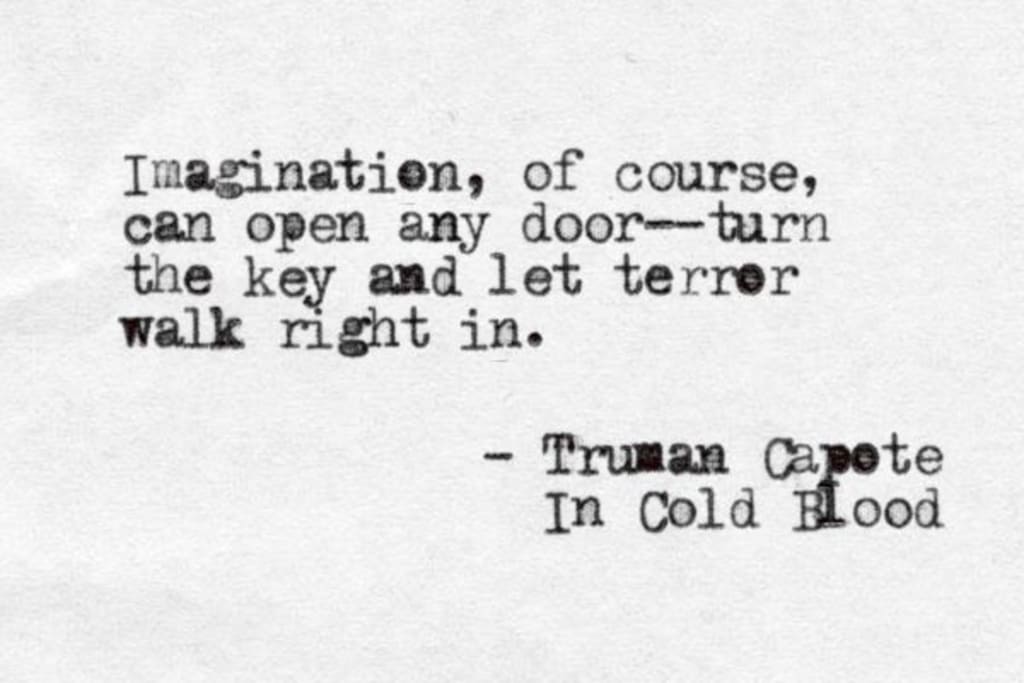
"In Cold Blood" by Truman Capote is a groundbreaking work that falls into the genre of true crime. Published in 1966, it is considered one of the first nonfiction novels. Capote spent six years researching and writing the book, conducting extensive interviews with the people involved, including the investigators, friends and family of the victims, and the perpetrators themselves.
The Clutter family murders, which serve as the central focus of the book, were a shocking and senseless crime that occurred in Holcomb, Kansas. Herbert Clutter, his wife Bonnie, and their two children, Nancy and Kenyon, were brutally killed in their home. Capote's detailed narrative not only chronicles the crime and its investigation but also delves into the backgrounds of the victims and the murderers, exploring the psychological and social factors that contributed to the tragedy.
Capote's writing style in "In Cold Blood" is often described as a blend of factual reporting and literary techniques, creating a gripping and emotionally charged account. The book raises ethical questions about the nature of storytelling and the impact of violent crime on individuals and society.
Notably, "In Cold Blood" had a profound influence on the true crime genre and the way crime stories are told. Capote's meticulous research and narrative approach paved the way for a new form of journalism that combined factual reporting with the artistry of fiction. The book received critical acclaim for its compelling storytelling and its exploration of the human psyche in the aftermath of a horrific crime.
"In Cold Blood" by Truman Capote recounts the brutal murders of the Clutter family in Holcomb, Kansas, in 1959. The narrative is divided into four parts: "The Last to See Them Alive," "Persons Unknown," "Answer," and "The Corner."
The story begins with the Clutters, a well-respected family in the community. Herbert Clutter, the patriarch, and his wife, Bonnie, along with their two children, Nancy and Kenyon, are brutally murdered in their home. The crime baffles the small town and prompts an extensive investigation led by the Kansas Bureau of Investigation and detective Alvin Dewey.
Capote's detailed narrative explores the victims' lives and the events leading up to the murders. The killers, Richard "Dick" Hickock and Perry Smith, are introduced as drifters with troubled pasts. The two decide to rob the Clutter house after hearing a false rumor about a large sum of money being kept there.
After committing the murders, Hickock and Smith go on the run, and the investigation intensifies. Capote provides insights into the Clutter family's impact on the community and the emotional toll on those involved in the case.
The killers are eventually apprehended in Las Vegas, leading to their trial and eventual conviction. Capote, accompanied by his close friend Harper Lee, covers the trial and delves into the psychological profiles of Hickock and Smith. The narrative explores themes of justice, morality, and the effects of violence on individuals and society.
As the story unfolds, Capote's writing blurs the line between journalism and literature. He presents the facts with a novelistic approach, creating a compelling and immersive account of the crime and its aftermath. "In Cold Blood" stands as a seminal work in true crime literature, showcasing Capote's skill in storytelling and his exploration of the human condition in the face of heinous acts.





Comments
There are no comments for this story
Be the first to respond and start the conversation.